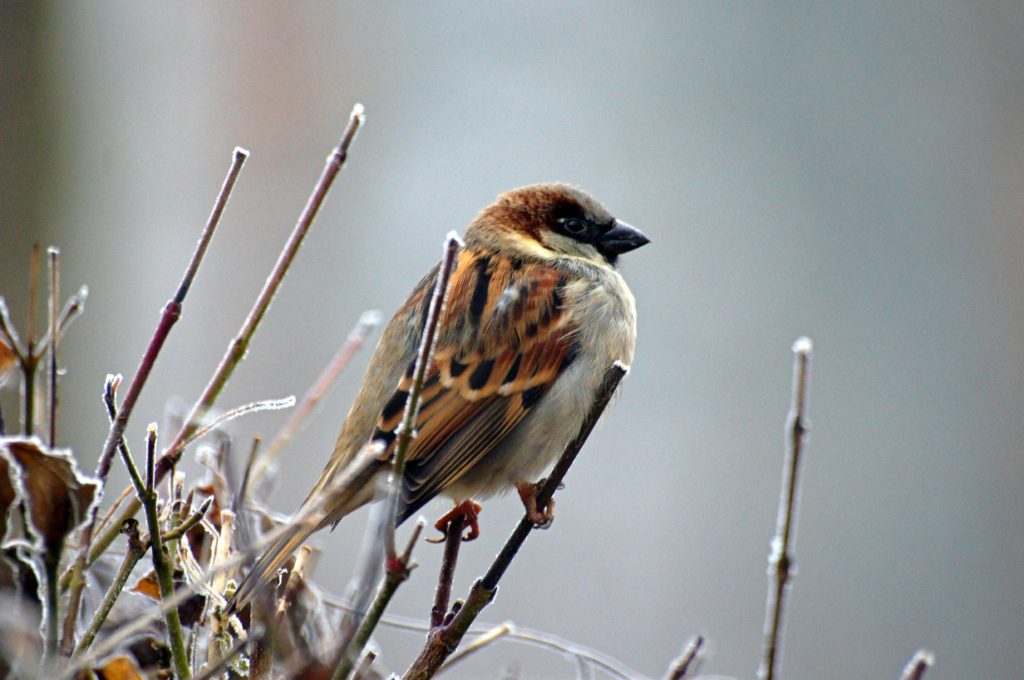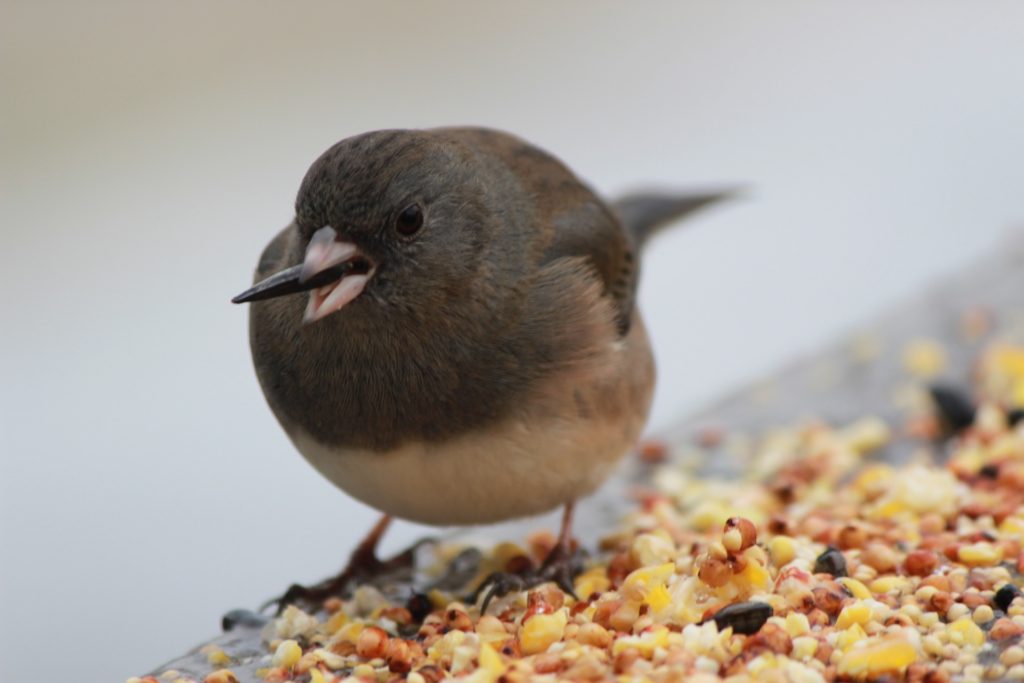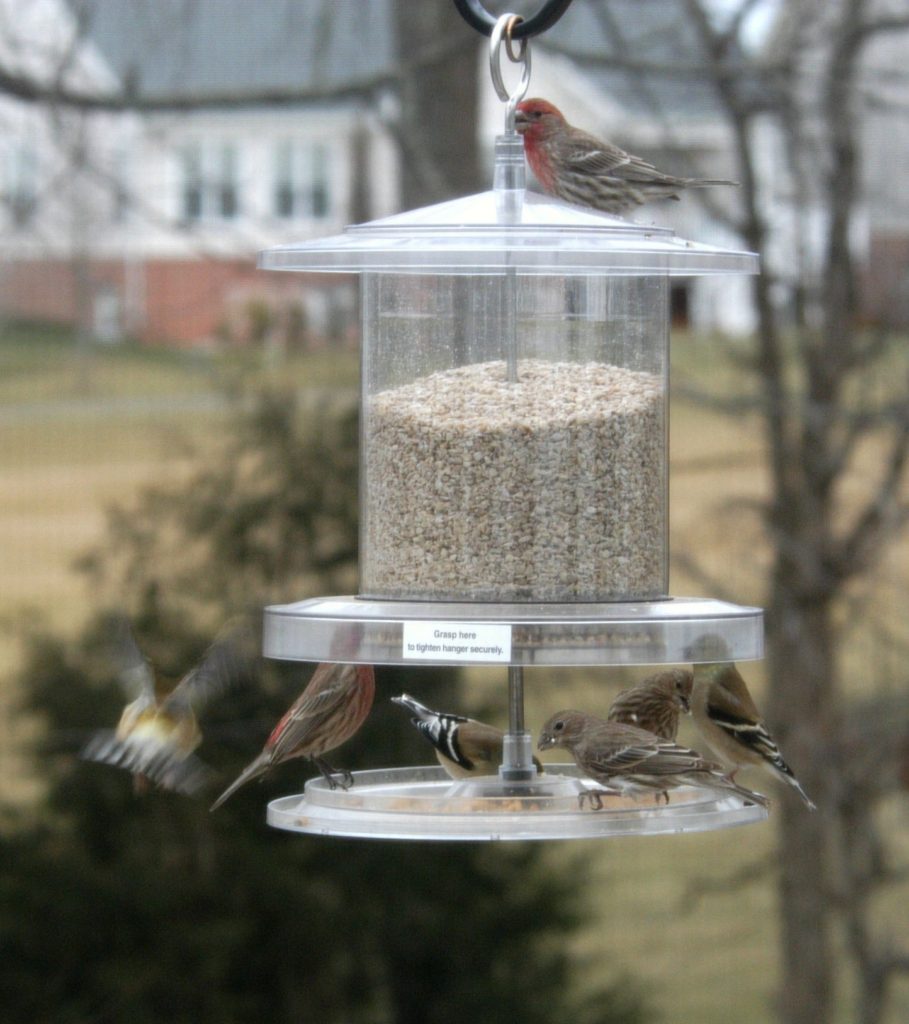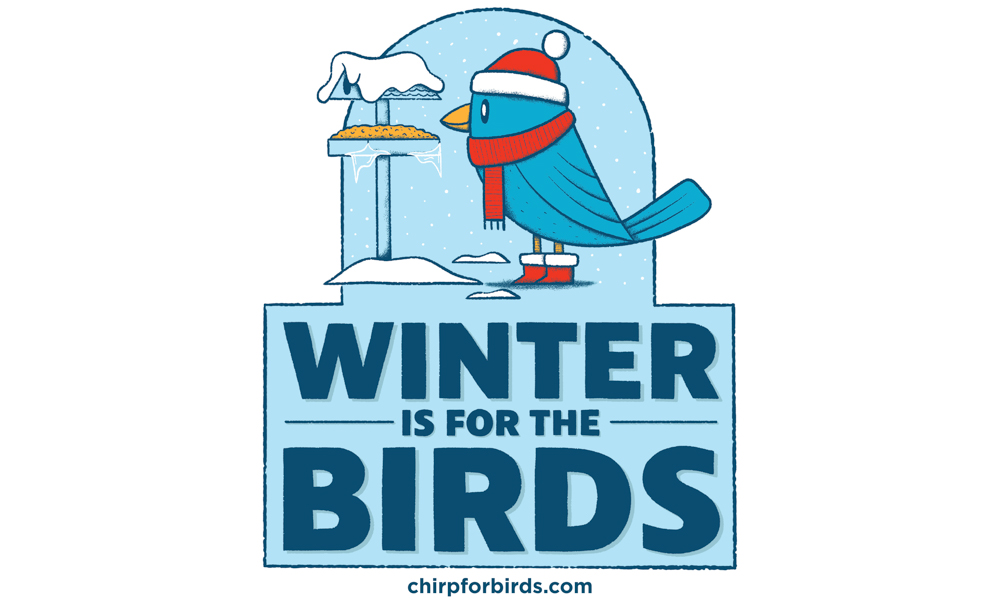Right now as the snow falls, birds are braving the cold winter by seeking food and shelter. Birds, like us, are warm-blooded creatures, and one way they cope with the cold is to put on fat for insulation and to use as an energy source when food is scarce. We can support birds through the winter by providing them nutrient-rich food. But why is winter bird feeding so important?
Where Have All the Birds Gone?

According to an eye-opening report this year in the journal Science, there has been a 30% decrease in the bird population of the U.S. and Canada since 1970. That means an estimated 3-billion-bird loss for the North American population. What’s behind this staggering statistic? Researchers point to changing ecosystems, habitat loss, toxic pesticide use, and urbanization as possible causes.
This news is devastating to us bird and nature lovers. But take heart—there are steps you can take to help! One way to bolster the remaining bird population is by ensuring that they have the food and resources they need to get through winter.
A Brief History of Winter Bird Feeding

Though it is said that wild bird feeding dates back to ancient times, its more modern history started in the early 1800s. One of the first mentions of bird feeding was made by the writer Henry David Thoreau in his infamous book Walden; or, Life in the Woods, where he talked about scattering corn and bread crumbs for the birds at Walden Pond. But it wasn’t until 1890 that wild bird feeding became a planned and encouraged activity in society.
Bird feeding started in England in the late 19th century as a way to help birds get through their harsh winters, and the practice then spread to the U.S. Wild bird feeding was practiced for the two-fold purpose of conserving birds while ensuring that they would then be around during the warmer months to protect the crops by eating garden pests. Today, while it still has those benefits, bird feeding is most often practiced as a way for people to appreciate nature in their own backyards.
Winter Wild Bird Feeding Tips
Studies have found that feeding birds during the winter greatly increases their chance of survival. Here are a few winter wild bird feeding tips that our bird friends will appreciate:
Hang more than one bird feeder
It stands to reason that the more bird feeders you have, the more birds you’ll feed. Plus, having multiple bird feeders in different locations around your home or garden prevents birds overcrowding and fighting for one feeder. Take advantage of having multiple feeders and put out a variety of food in order to attract more—and different types of—visitors.
Select your local birds’ favorite foods
Start by looking at the type of birds in your area (if you’re in the Big Bear area, here’s a checklist of our wild birds). Once you know the birds you’re feeding, you can find out what type of food they like best. For example, here at Big Bear Lake, we have California scrub jays, which love peanuts, suet, and sunflower seeds. But don’t forget to put a variety of bird food out for the most prevalent birds that visit your area this time of year.

Provide foods that are high in fat
Remember that birds are looking for the best “bang for their buck” when it comes to food: they want something that will give them long-lasting energy. Suet is a great choice, as it is made with animal fat that will help keep birds warm and their energy sustained when insects and other food are scarce. (For more info on suet, check out our suet guide or browse our suet feeders.) Other foods that are high in fat and oil are also a great choice: Nyjer seed, peanut butter, peanuts, safflower, and cracked corn are all good selections.
Protect food from the elements—and predators
To keep your bird seed and suet protected from rain, snow, and ice, select a bird feeder that was made for use in these elements. Some examples include tube feeders and all-weather feeders that won’t clog up with snow and ice, even in the harshest of winters. Place the feeder in a sheltered area, like under an eave or hedge, so that birds can enjoy a respite from the wind, rain, and snow while feeding.

Weather isn’t the only risk to your bird food—squirrels love it too! To prevent squirrels from gobbling up food meant for birds, choose a squirrel-proof bird feeder to keep them away. (And if you’re a fan of squirrels, keep them occupied elsewhere with these squirrel-friendly tips.)
Keep your feeders clean to prevent disease
Moldy seed and food left to spoil in a feeder can cause—and spread—bird disease. To prevent this, it’s important to clean your feeders regularly. We recommend thoroughly cleaning feeders once a month (and more often in wet winter months) using a solution that is one part bleach to nine parts water. Be sure to rinse and dry thoroughly before refilling with seed.
Don’t forget water—yes, even in winter!
There is a common misconception that birds don’t need water in winter—but, like us, they need it year ‘round! And while it’s true that they can eat snow for their water supply, doing so causes their body temperature to drop so that they must expend more energy to warm up again.
Help birds out by providing them clean water to drink and bathe in with a birdbath or dish. To prevent the water from freezing, select a heated birdbath or add a heating element (like an immersion heater) to your regular birdbath. Birds will thank you come winter!
Birds Need Our Help—Now More Than Ever!

Whether you’re local to the Big Bear area or not, join us in making a difference in the bird community! By following these winter bird feeding tips and learning more about local birds in your area, you’ll be part of a larger effort in helping bird populations start to recover.
Here are a few more bird-preserving resources:
- Seven Simple Actions to Help Birds by The Cornell Lab of Ornithology
- Help Songbirds by Native Songbird Care & Conservation
- Five Ways You Can Help Birds in a Changing Climate by the National Audubon Society


